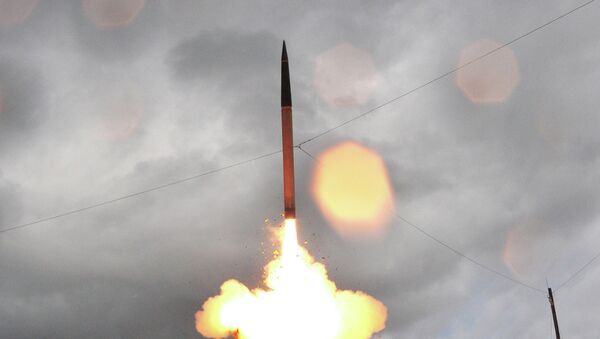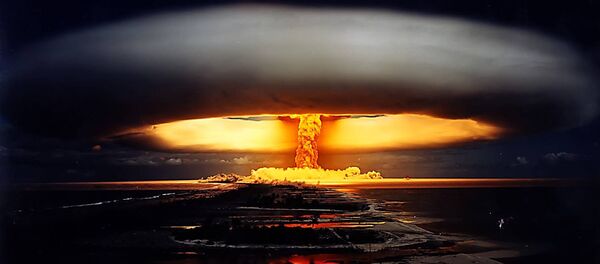WASHINGTON (Sputnik) — China’s recognition of the THAAD capability explains why Beijing has been so opposed to the possibility of the US government placing THAAD radar in South Korea, Postol, professor of science, technology, and security policy at the Massachusetts Institute of Technology, explained.
"THAAD will not be able to defend South Korea against North Korean ballistic missiles, but the THAAD radar could instead be used by the United States to specifically ‘aim’ the US national missile defense at China — in outright contradiction of US stated policies," Postol said on Thursday.
"If the US deploys the radar for THAAD on the Korean Peninsula, it would be able to detect and track intercontinental ballistic missiles being launched from China toward the continental US at ranges of up to 3,000 km (1,800 miles) as they pass over or north of South Korea," he said.
Data that was gathered by the THAAD radars based in South Korea could then be transmitted in real time to the US early warning radar network at Clear Air Force Station in Alaska, which would allow the US armed forces to launch intercept missiles earlier, Postol pointed out.
Since China already regards THAAD as a serious threat to its security, South Korea could rapidly find itself caught between the conflicting pressures from Washington and Beijing, with serious consequences for its foreign policy, security and economy, Postol warned.
A THAAD base includes the AN/TPY-2 radar, which incorporates cutting-edge US military technology enabling long-distance detection, Postol observed.
"This means that, if this radar were deployed on the Korean Peninsula, it would become a component of the missile defense system intended to defend the continental United States," he added.
If the AN/TPY-2 radar were deployed in South Korea, it would have enough time to detect the upper booster stage of a Chinese ballistic missile heading for the West Coast or East Coast of the United States, Postol maintained.
While the THAAD radar would probably not be able to track the warhead of a Chinese ballistic missile, it could detect the movement when the upper booster separates from the warhead, Postol insisted.
"Data about a Chinese ballistic missile heading for the West Coast of the United States would be particularly useful for Washington. This could enable ballistic missile interceptors in Alaska to be launched more quickly," he said.
The radar is likely to be seen by Chinese military planners as a potentially significant threat to China‘s survival should a situation evolve where a nuclear attack against the US is actually being considered, Postol concluded.




